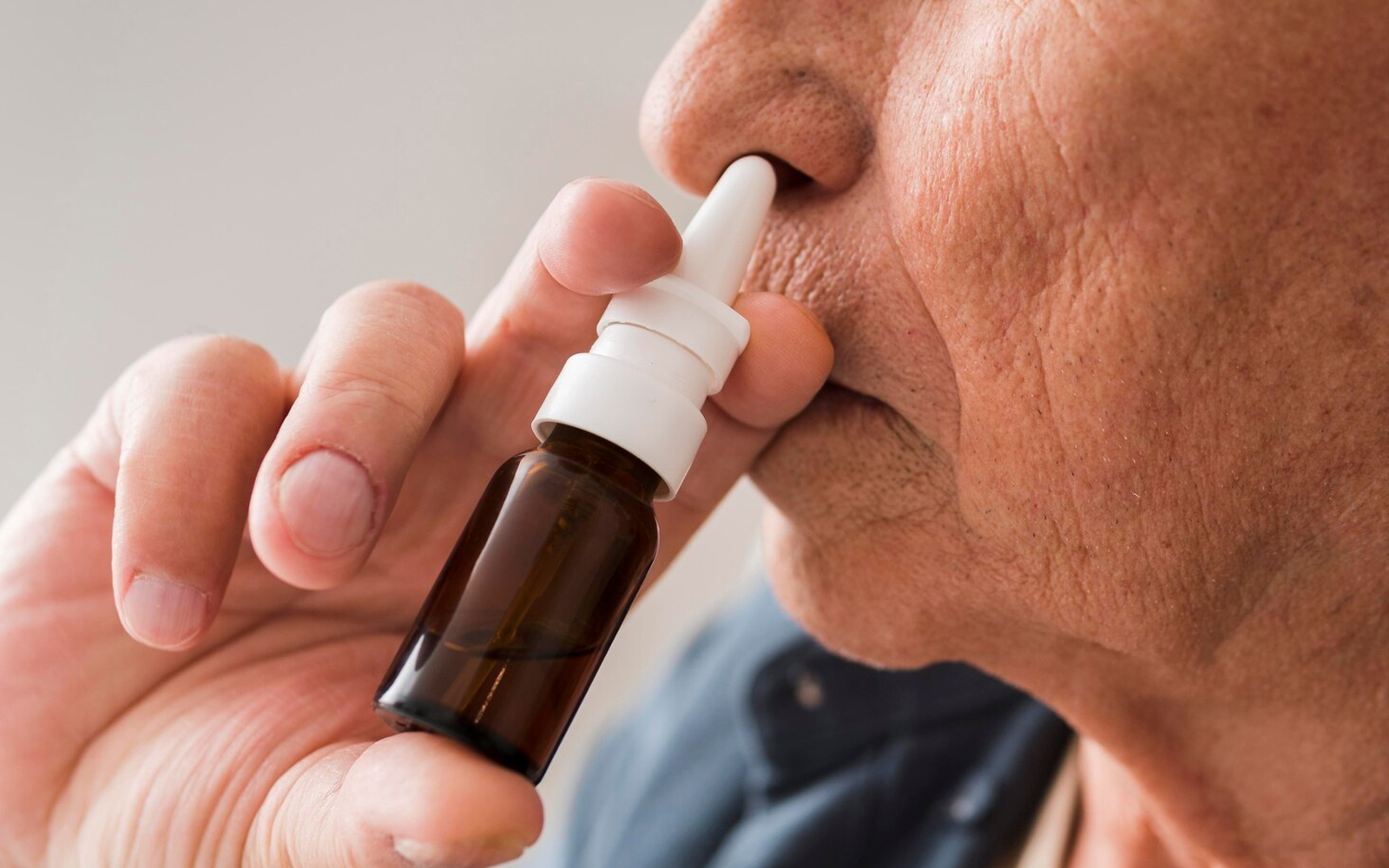
For any irregularities on your skin, consult a dermatologist.
Skin cancer is one of the most common forms of malignant tumors, with melanoma being the most feared type. Dermatologists emphasize the importance of sun protection, monthly self-examinations, and awareness of skin cancer symptoms. Here are some crucial points to remember
Skin Cancer Can Develop Under Nails
Many people are unaware that malignant skin cancer can appear under the nails, as in the case of reggae icon Bob Marley, who died from melanoma that began under his toenail.
Even One Sunburn Can Increase Skin Cancer Risk
While it’s well-known that tanning and sun exposure increase skin cancer risk, many people don’t realize that even a single sunburn can elevate this risk. Tanning often involves concentrated UVA radiation, which deeply penetrates the skin and significantly raises melanoma risk.
Skin Cancer Between Toes
Although not common, skin cancer can develop between the toes. This area is often overlooked during self-examinations, allowing lesions to go undetected for years.
Non-Healing Wounds as a Symptom
Skin cancer is frequently associated with melanoma, but several other malignant skin tumors may not exhibit the same symptoms. Patients often describe a spot that bleeds easily and repeatedly, initially mistaking it for acne or an inflamed hair follicle that fails to heal and continues to grow and bleed.
Misdiagnosis as Eczema or Psoriasis
Early-stage skin cancer can resemble benign skin conditions like eczema or psoriasis, leading to incorrect or delayed diagnoses. Both eczema and psoriasis can manifest as red, scaly patches, but if a spot doesn’t respond to standard treatments and doesn’t heal, it may be skin cancer.
Risk for All Skin Tones
While skin cancer is more common in people with lighter skin, it can affect anyone. It is particularly dangerous for those with darker skin tones because they are less likely to notice it. Asians and African Americans are more likely to develop melanoma on their hands and feet.
Due to this, individuals with darker skin have a higher mortality rate from melanoma, as it often goes undetected in areas like the feet, between the toes, and under the nails until it’s in a later, more dangerous stage.
Staying vigilant about any changes in your skin and seeking prompt medical advice for any concerns is crucial for early detection and effective treatment of skin cancer.


